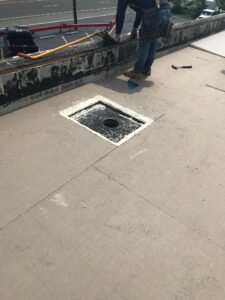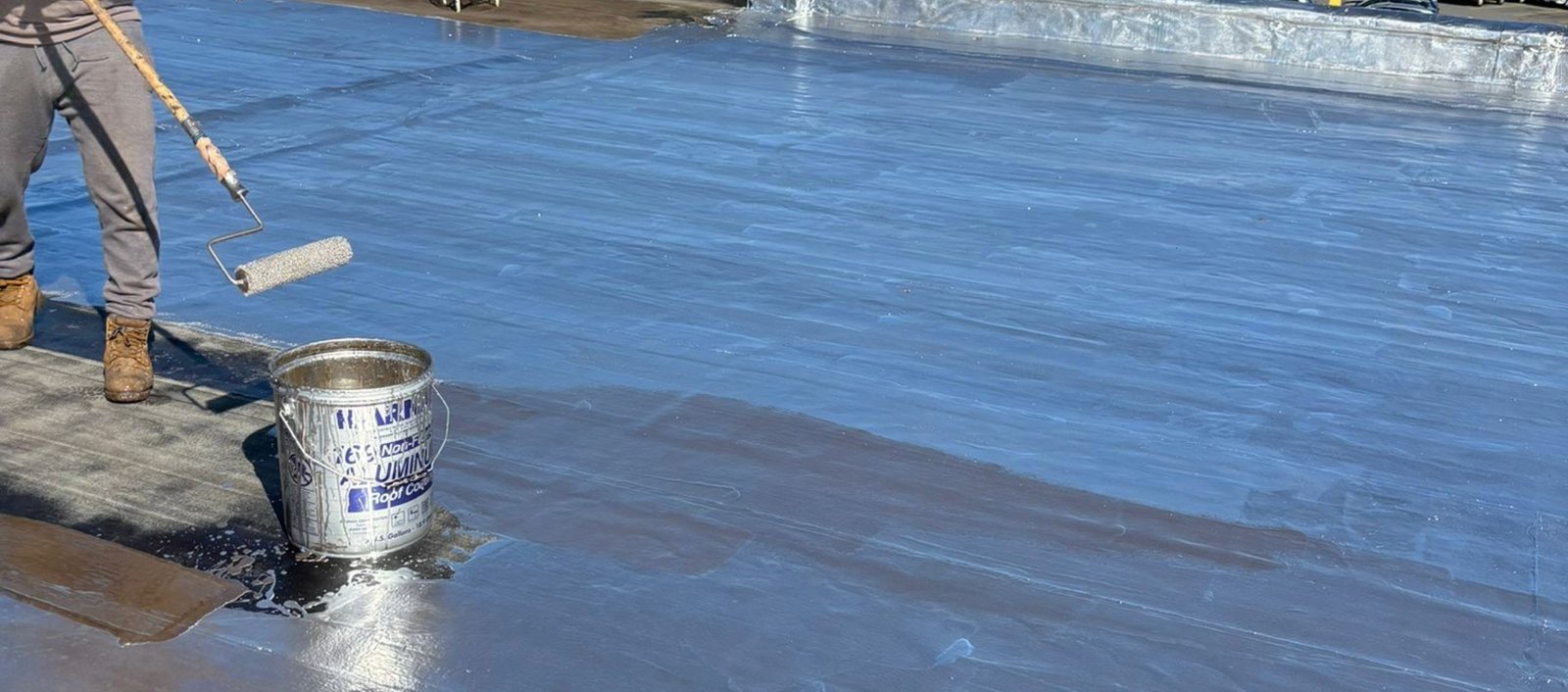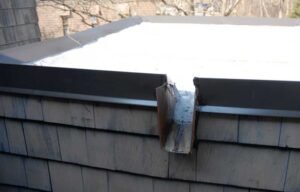6 FAQ’s About Flat Roofing
Does your home have a flat roof on any part of it? Maybe all of it is flat roofing? Why are there white and black flat roofs? What’s the best one?
Now, although there are thousands of questions about flat roofing, we’ll answer some of the most common and practical questions here today. Every homeowner should be educated on the protection above their head. We’ll go in order of need-to-know today questions, and then shift to general information.
1.) How To Fix a Flat Roof Leak?
Flat roofing leaks are often caused by poor installation, aging, membrane damage, sealant deterioration, blocked drains (water pooling) , flashing issues, weather extremes, lack of maintenance, and HVAC installations. Keenridge doesn’t recommend you to address roofing issues yourself. There are serious risks involved. Call a professional flat roof replacement company! However, now that we understand some of the reasons why your flat roof may be leaking, let’s get into the fixes.
Finding The Leaks
- If you see water stains on the ceiling, measure its distance from the two nearest walls.
- Climb onto the roof and apply these interior measurements to the exterior.
- Examine the area where the stain is appearing inside.
- If you don’t see any damage above the stain, search up slope from the stain.
- Any obvious holes or cracks are the source of leaks.
- Also plan to patch any areas that look worn out because if they are not leaking now, they will.
- Check the edges of the roof as well for places where the membrane may be peeling back.
Flat Roof Draining
If there is debris on top of the flat roof, it can block and redirect where the water should be exiting. Make sure you regularly clean your flat roof without pushing debris down the drains.
Fixing Small Cracks or Holes
- If the work area is wet, dry it thoroughly with some old cotton towels.
- Sweep the roof clean.
- Cut open blisters and bubbles that may have formed on the membrane with a utility knife.
- Trim them close to the membrane where it remains adhered to the roof deck.
- Scrape off any other damaged roof material.
- Do not cut into any roofing that remains sound.
- Spread 1/8 inch of roofing cement over the repair area with a trowel.
- Smooth the cement at least 6 inches beyond the perimeter of damage.
- Cut a piece of fiberglass mesh to fit the repair area.
- Lay it into the roofing cement.
- Spread more roofing cement over the mesh until you can no longer see the mesh.
- Sprinkle gravel into the fresh cement. The small stones protect the patch from sun damage.
- If you saw cracks along the edges of the roof, fill them with caulk.
Flat Roof Resealing
Resealing your flat roof may also be an option for waterproofing it. Depending on your flat roofing type, you may want to use an aluminum or silicone coat. Below are the instructions for a flat roof coating:
- Completely clean and clear drains, waterways, and flat roof area.
- Replace drains if needed.
- Fill any cracks, holes, or damaged areas with a roof patching compound or sealant that is compatible with the roof material.
- Allow the repairs to cure as per the manufacturer’s instructions.
- Using a paint roller, “paint” your roof liberally in one direction.(1.5 gal/100 square feet for Smooth emulsion surfaces.)
- Wait approximately 24 hours for coat to dry
Do not do a roof coating if there are chances of rain within 48 hours. This coating is not recommended in roof areas with inadequate drainage (e.g., ponding water), over gravel, rubber or PVC sheet roofing, shingles of any kind, or old roofs that are too dry and brittle to withstand the shrinkage stresses that occur after the application of any coating.
For more serious leaks, call a pro. We recommend you leave it to a pro to address and correct your flat roofing issues. For flat roofing options today, call us or get in contact with us online.
2. )How Long Does a Flat Roof Last?
It is entirely up to your flat roof system, but you can expect almost all systems to last between 25-30 years. For more detailed information, see our “commercial roofing types” page. However, here is a basic oversight of the most popular systems we use.
TPO
TPO is a single-ply membrane that’s made to last. It’s waterproof, UV resistant, and highly durable. It’s suitable for a variety of low-slope commercial roofing applications, and is a sustainable roofing solution for a wide range of building types.
EPDM
EPDM roofs, also called “rubber roofs,” are known for their durability and ability to perform in various climates. This material is made from recycled rubber tires and has low-slope capabilities, making it perfect for residential and commercial applications. EPDM rubber roofs may last up to 30+ years with proper maintenance.
Mod-Bit
Modified bitumen is an incredibly sturdy yet flexible asphalt membrane mixed with polymerized rubber or plastic and fiberglass reinforcement. It’s a popular commercial roofing system, and can last up to 30 years. Mod-bit systems are well-known for being resilient to punctures, tears and hail.
3.) What Is The Best Material For a Flat Roof?
There are a list of factors to answer this, but TPO, EPDM, and Mod-bit systems are always the best. TPO will last up to 25 years, where as EPDM will 25-30+ years. For more detailed information, read our TPOvsEPDM blog article. However, here’s a general consensus based on trends amongst homeowners:
- TPO is best over an unseen area, as it gets a “dirty” look over time due to it being white. It is also best over a heated area, because the heat will not be retained nearly as much as EPDM due to the white color.
- EPDM is best used over an unheated, visible area. EPDM is a popular choice for homes where the entire roof is flat, as it is quite pretty.
4.) Can You Put Shingles On a Flat Roof?
Our hard answer is no. Shingles on flat roofing or low-slope roofing always leak. The minimum roof pitch for shingles is a 2:12 pitch. If your roof is less than 2 vertical units (inches or feet) up for every 12 horizontal units out, it’s considered low slope. Asphalt shingles aren’t meant or designed to keep water on them. Because a low slope or flat roof isn’t steep enough for water to flow down to the gutters, this leaves pools of water sitting on the shingles. Over time, this easily allows nails to pop, shingles to deteriorate, and leaks are bound to enter.
5. How Do Flat Roofs Drain Water?
On residential flat roofs, a proper gutter system is perfect. Believe it or not, residential flat roofing almost always has a slight pitch, allowing for proper drainage. For completely flat roofs and commercial properties, we use particular drains to get the water to flow off the roof. Below are our systems and how they work.
Scupper Drains
Scupper drains are openings on the roof’s perimeter where water flows over the side of the building and to the ground below. We commonly install scupper drains on commercial buildings, and sometimes on residential buildings as per request. Scuppers are typically built using galvanized steel or copper sheet metal.
Pros of scuppers:
- Cost-effective
- Easy to maintain
- Rarely clog
- One of the best ways to drain water from a flat roof
Cons of scuppers:
- If installed with gutters or downspouts, they will need to be checked for debris regularly.
- If not installed with downspouts, there’s potential for wall and foundation damage where the scuppers drain.
- Less effective in downpours.
Inner-Drain Systems
The disadvantage is the maintenance. The accumulation of debris and particles around the drain and the strainer system can cause issues. As debris build up, water can enter from the flashing and behind the wall, leading to serious problems. The advantage is that during the winter, the inner drain system is insulated by the roof. The heat from the building helps keep it insulated.

6.) How Much Does a Flat Roof Installation Cost?
Repair or reroof? The condition of your existing roof determines the answer. Flat roof replacement costs will depend on what type of roof your facility needs, the materials selected, the size and the timeline.
Rely on Keenridge Construction
With 20+ years of industry experience, we’re becoming a presence on Long Island that is missing; reliable and affordable contractors. We’re not just a roofing company; we’re a part of this wonderful community here on Long Island. Too often do contractors know that they can charge a ridiculous fee for services that you simply need and deserve! We offer roofing, siding, gutter, and window upgrades for all Long Island, NY homes. Contact us today for a free roof inspection!



